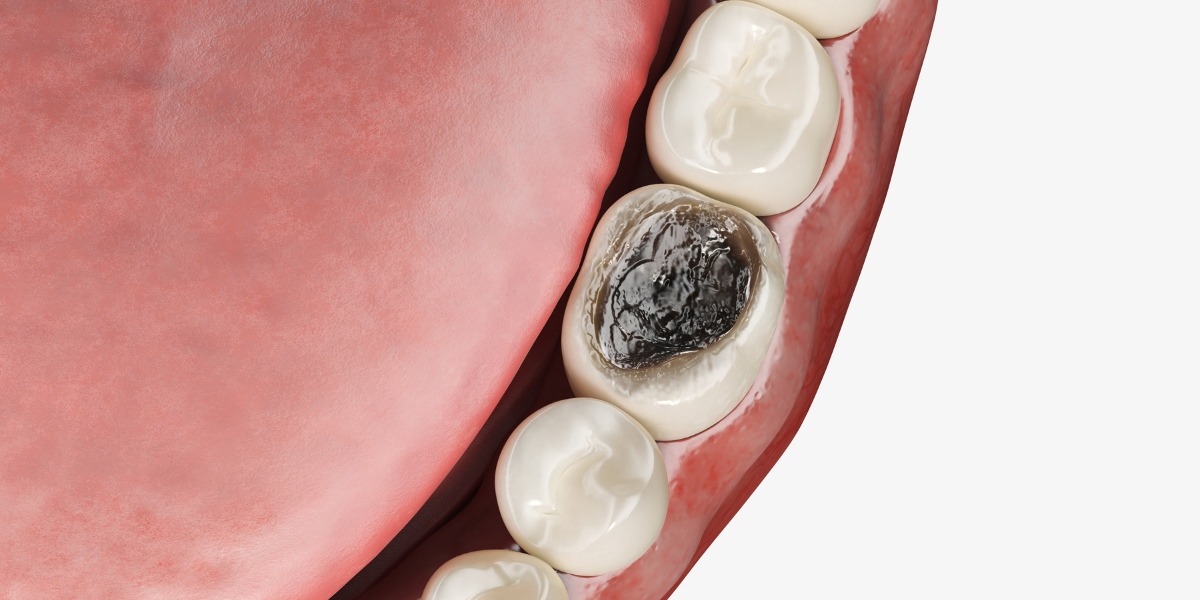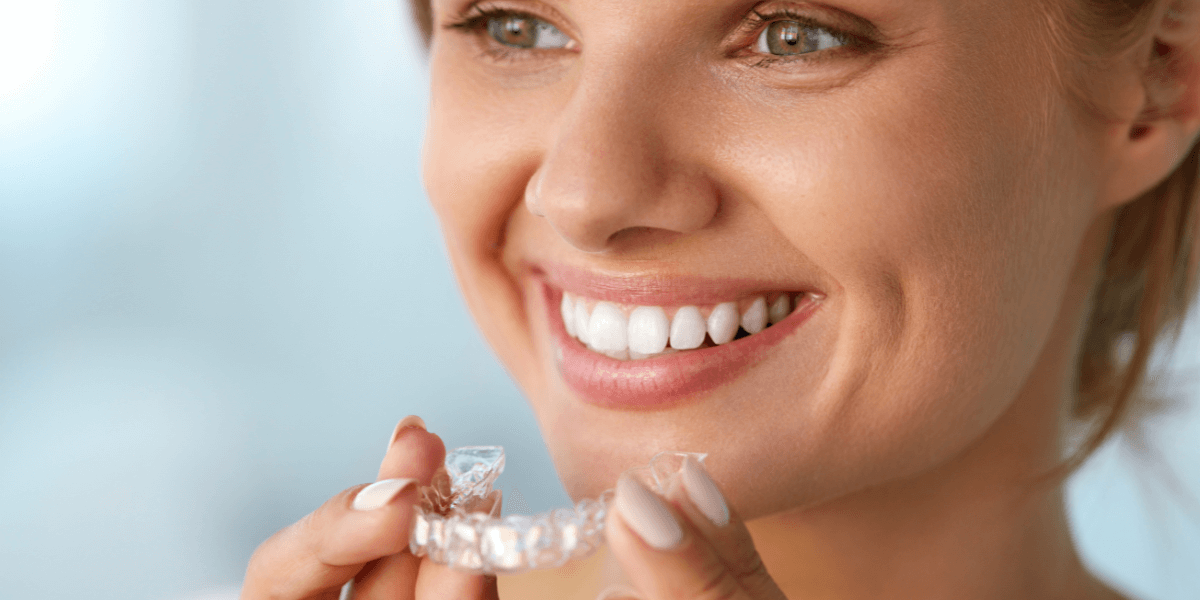Teeth Whitening Strips: Do they work? Are they safe for my teeth?

Teeth whitening strips are easy to use, widely available, and may be a great solution for superficial stain removal in some cases. For most, years of staining and imperfect coverage by the strips will leave prominent staining & insufficient results. For others with ongoing tooth sensitivity, they may experience excessive discomfort.
For centuries, white teeth have been seen as a sign of wealth, beauty, and privilege. Whether you’re looking for a more youthful look or want to boost your confidence, teeth whitening can make a big difference. Teeth whitening is one of the most popular cosmetic dental procedures, but it’s important to seek professional help to avoid damage to your teeth and gums.
Oral health conditions to consider before proceeding with any whitening procedure are periodontal disease, crowding, medical history, and current restorations such as fillings, crowns, and veneers.
Understanding over-the-counter teeth whitening strips
Whitening strips are a popular way to improve your smile and confidence, but it’s essential to do it safely. They are easy to use and relatively affordable. Additionally, various formulas are available to target different needs, such as sensitive teeth or deep stains. Whitening strips consist of plastic holders typically containing 5–15% hydrogen peroxide, developed with the main idea of avoiding the customized trays used in an at-home dental bleaching technique.[1]
How do whitening strips work?
There are numerous whitening products on the market, and the formulations and ingredients have evolved over the years. Tooth whitening agents aim to remove stains and discolorations. The success of tooth whitening depends on the type of stain present, which can be categorized as extrinsic staining, intrinsic staining, and internalized discoloration[2]
Whitening strips deliver a thin layer of peroxide gel on plastic strips shaped to fit onto the buccal surfaces of the teeth. [3] Carbamide and hydrogen peroxide are the most broadly used whitening agents. A typical set of instructions is to apply the strips twice daily for 30 minutes for 14 days. [3]
Is it possible to cause permanent damage with prolonged over-whitening?
Prolonged over-whitening can cause damage to the enamel structure and cause sensitivity to the teeth and irritation to the gums. This depends partly on how many whitening products are used in conjunction with the whitening strips.The degree of these side effects is directly related to the concentration of the peroxide bleach component, the duration of the treatment, and the non-bleach composition of the product used. [3] Aggressive bleaching can chemically react with composite restorations, glass ionomer cements, sealants, and ceramic crowns, thus reducing their stability. [3]
Disadvantages of whitening strips
Whitening strips are a popular at-home teeth whitening option; however, some temporary risks include sensitivity, damage to your enamel, or irritation to the gums if misused. An ingredient that can aid in the reduction of sensitivity caused by teeth whitening is products containing potassium nitrate.
Whitening strips may not lighten crowns, veneers, or composite (tooth-colored) fillings. A study that investigated the application of carbamide peroxide and hydrogen peroxide whitening agents resulted in clinically unacceptable color change for all resin composites. [4]
Advantages of whitening strips
Research has shown time and again that having a beautiful smile is linked to your self-confidence and can also increase your happiness in life. [5] Whitening strips are affordable and easy to use at home or on the go. Although whitening strips are not as powerful as custom teeth whitening procedures, they can still impact lightening teeth. Whitening strips are easily accessible over the counter, online, at supermarkets, and pharmacies and are also gentler on the teeth and gums. Whitening strips are an excellent choice for those looking for a quick and convenient way to achieve brighter teeth. However, follow the instructions on your whitening product and talk to your dentist if you have any concerns.
References
- de Freitas, M. R., de Carvalho, M. M., Liporoni, P. C., Fort, A. C., Moura, R. D., & Zanatta, R. F. (2021). Effectiveness and Adverse Effects of Over-the-Counter Whitening Products on Dental Tissues. Frontiers in Dental Medicine, 2. https://doi.org/10.3389/fdmed.2021.687507
- Naidu, A. S., Bennani, V., Brunton, J. M. A. P., & Brunton, P. (2020). Over-the-Counter Tooth Whitening Agents: A Review of Literature. Brazilian dental journal, 31(3), 221–235. https://doi.org/10.1590/0103-6440202003227
- Carey, C. M. (2014). Tooth Whitening: What We Now Know. The journal of evidence-based dental practice, 14 Suppl, 70. https://doi.org/10.1016/j.jebdp.2014.02.006
- Kurtulmus-Yilmaz, S., Cengiz, E., Ulusoy, N., Ozak, S. T., & Yuksel, E. (2013). The effect of home-bleaching application on the color and translucency of five resin composites. Journal of dentistry, 41 Suppl 5, e70–e75. https://doi.org/10.1016/j.jdent.2012.12.007
- Rye, D. G. (2017, June 13). Studies prove your smile has a direct impact on your self-confidence. Your Dental Health Resource. Retrieved December 13, 2022, from https://yourdentalhealthresource.com/studies-prove-your-smile-has-a-direct-impact-on-your-self-confidence/







